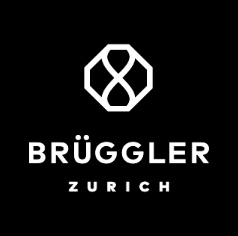Who Defines “High Risk”?
In wealth management, advisors often place clients into risk categories, and as a result, labels like “high risk” simplify decision-making.
But here’s the real question: is it right to put clients into rigid “risk boxes”? And are these categories always objective — or do Western assumptions often shape them?
🌍 Hypothetically speaking, many clients labelled “high risk” come from countries whose cultural or political systems differ from the West. Yet, these same regions are often drivers of global growth, where wealth is actively created and innovation thrives.
⚖️ The issue: broad categories can blur reality.
- 👉 They risk reflecting bias, not actual financial behaviour
- 👉 They may penalise clients unfairly, even when they demonstrate strong performance and resilience
A more forward-looking approach
A more forward-looking approach would mean:
- 🔎 Assessing risk at the individual level, not through stereotypes
- 🌐 Factoring in regional context and business models
- 🤝 Building understanding and trust, not just ticking compliance boxes
This isn’t about ignoring risk management. It’s about asking whether our frameworks truly capture a client’s profile in line with Switzerland’s tradition of neutrality — or whether they simply echo inherited patterns, as explored in Risk Boxes and Emerging Markets and Explaining Wealth Risk.
A globalised reality
🌐 In today’s interconnected economy, wealth increasingly flows from diverse markets and new power centres. If risk models don’t evolve accordingly, wealth managers may overlook opportunities and weaken relationships with precisely the clients shaping the future of global finance.
Wealth managers who challenge these boxes can build fairer, more nuanced relationships — and better reflect the realities of a globalised client base. As seen in the UHNW client landscape and brand positioning of Swiss wealth managers, a balanced understanding of context and perception matters more than ever.
For those navigating across borders, smart cross-border wealth management and comparative jurisdictional insights are key to applying nuanced, fair, and opportunity-driven frameworks.
👉 What do you think: should clients still be forced into “risk boxes,” or is it time to rethink the model?
Source: LinkedIn




